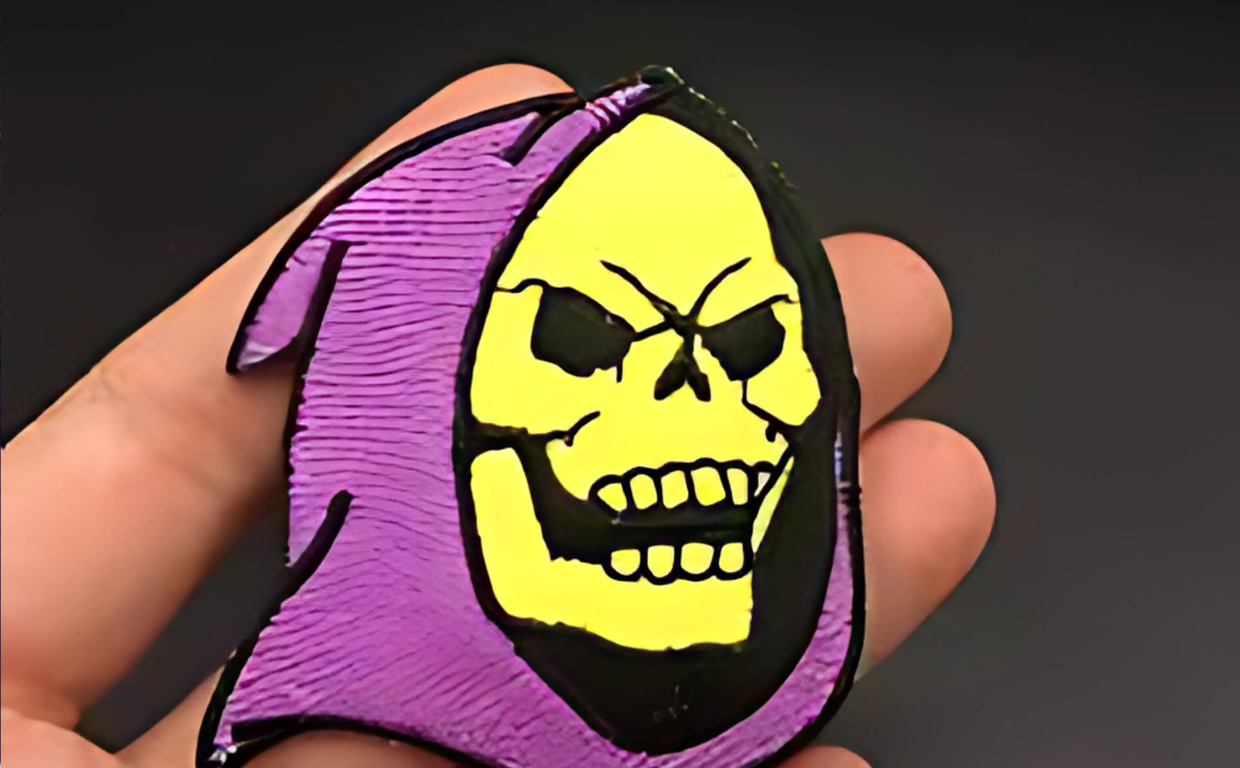At Mahi Digitizing, we specialize in high-quality custom patches designed to last. When choosing a patch type, durability plays a key role in long-term satisfaction. In this blog, we’ll compare woven patches to other common patch types, evaluating which ones stand the test of time in various conditions.
What Makes Woven Patches Durable?
Woven patches are created using tightly woven threads that capture fine detail without raised textures. Their flat finish provides both visual clarity and structural strength, making them less prone to fraying. Because no embroidery stitching protrudes from the patch, there’s less risk of snagging or abrasion over time. This design choice ensures excellent durability for daily use.
Woven patches can withstand frequent washing and exposure to sunlight better than many printed alternatives. Their colors remain vibrant with minimal fading. At Mahi Digitizing, our woven patches are crafted with premium threads and heat-sealed edges to prevent wear and tear. Their slim profile makes them ideal for uniforms, workwear, and hats where consistent durability is essential.
If you’re looking for a sleek patch that holds up in tough conditions, woven options offer a compelling balance of design and endurance.
How Embroidered Patches Compare
Embroidered patches are known for their textured and classic look. They use thicker threads stitched into a twill base, offering a bold and raised appearance. While durable, embroidered patches can fray at the edges if not properly sealed. The raised threads may also snag on rough surfaces or during heavy washing cycles.
Washing embroidered patches regularly may lead to color dullness or fuzzing over time. For items that require long-term visual clarity, this can be a drawback. However, when made with care like at Mahi Digitizing, embroidered patches remain highly durable and stylish. They’re best suited for jackets, backpacks, and casual wear where tactile texture is a desired feature.
Ultimately, woven patches offer finer detail and edge resistance, while embroidery delivers a more traditional look with moderate resilience.
Printed Patches: Pros and Cons
Printed patches use dye sublimation or screen printing to apply images directly to fabric. They’re ideal for complex, colorful designs that can’t be recreated with threads. However, their durability is lower compared to woven patches. Repeated washes can cause fading, cracking, or peeling if the patch lacks a protective coating. Printed patches are also thinner, which can be a benefit for lightweight clothing but may sacrifice toughness for flexibility.
Unlike woven patches, printed options can’t replicate thread texture or stitching depth, making them visually less rich under close inspection. They’re best for event merchandise or short-term branding campaigns where cost-effectiveness outweighs longevity.
For long-term use, woven patches remain the superior option due to their fade-resistant threads and reinforced edges.
Durability of PVC and Rubber Patches
PVC and rubber patches are extremely durable in harsh environments. They’re waterproof, tear-resistant, and retain their shape under extreme pressure. These patches are commonly used by military and tactical teams due to their rugged build and weatherproof performance.
Despite their durability, PVC patches are heavier and less breathable. This may not be ideal for everyday apparel or branding where comfort matters. PVC lacks the softness and flexibility of woven patches, and it can feel rigid or bulky when applied to fabric.Additionally, customization for fine detail is limited compared to woven threads which excel at producing intricate lines and fonts.
For a rugged look and heavy use, PVC works well. But woven patches offer greater versatility and long-term wearability for most industries.
Chenille Patches and Their Limitations
Chenille patches are made with looped yarn, offering a plush, fuzzy texture popular in varsity jackets and letterman apparel.
Although they have visual appeal and nostalgic value, chenille patches lack the durability of woven or embroidered styles.
They’re more likely to show wear, matting, or thread pulling, especially after repeated cleaning or friction against rough surfaces.
Chenille isn’t ideal for outdoor or workwear applications, where moisture or heat could impact texture and integrity.
These patches should be treated with care, limiting their use to decorative or ceremonial pieces rather than daily wear.
Woven patches, by contrast, are both visually refined and physically resilient, offering a more practical solution.
Which Patch Type Should You Choose?
Each patch type offers unique benefits, but for durability, woven patches consistently outperform in flexibility, sharpness, and resistance to wear. If you need patches for uniforms, gear, or products exposed to daily use, woven is often the most reliable and cost-effective option.
Embroidered and PVC patches also perform well in specific environments, but may fall short when intricate design or soft comfort is required. Chenille and printed patches are best reserved for fashion or short-term applications, where appearance takes priority over resilience. Visit our Custom Patches page to explore how we create durable woven patches tailored to your needs.
To get started with high-durability patch production, Request a Quote today and we’ll handle the rest with precision.

